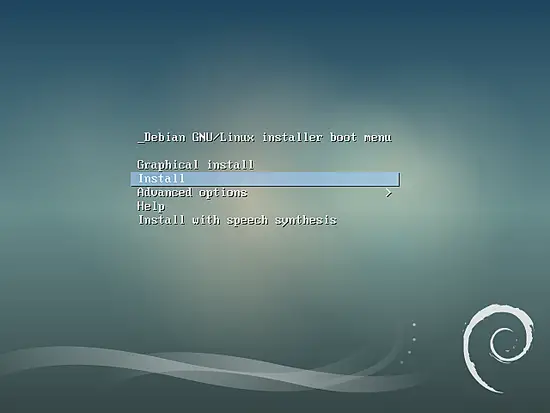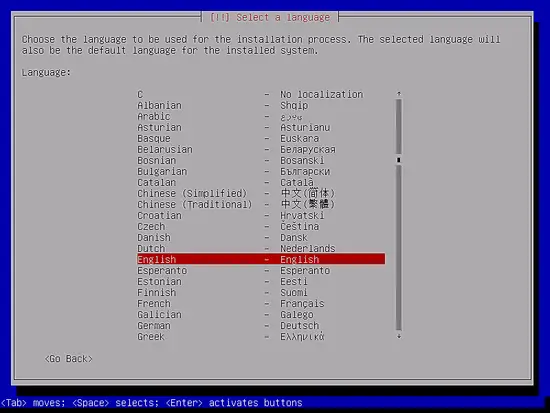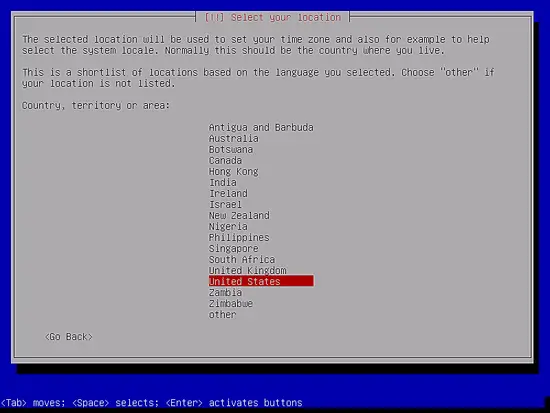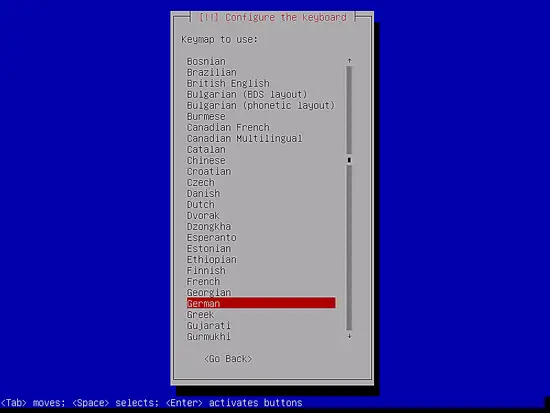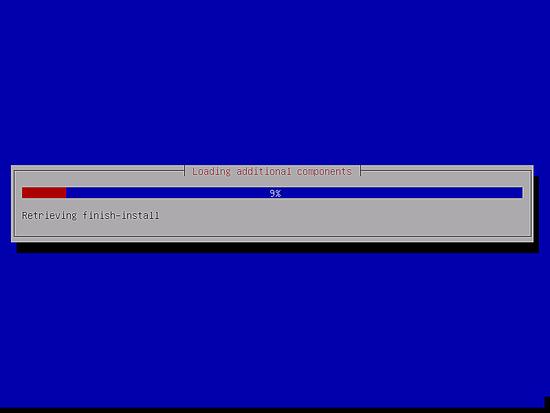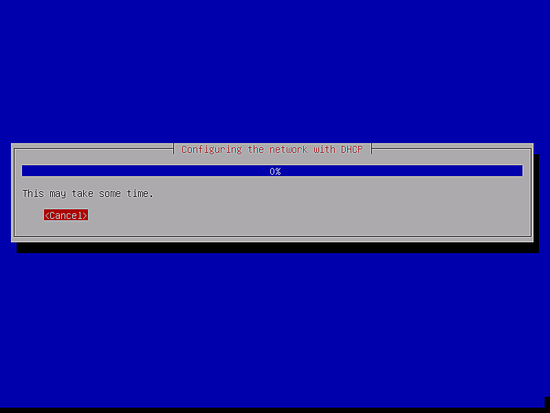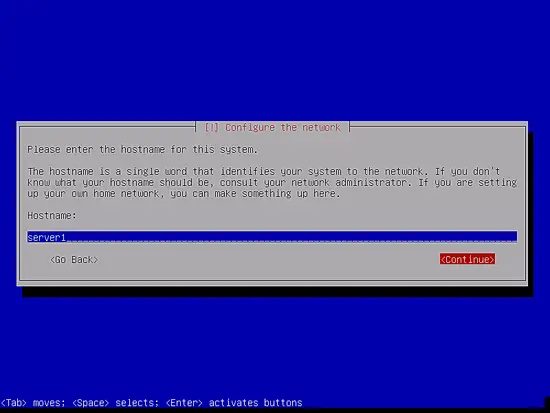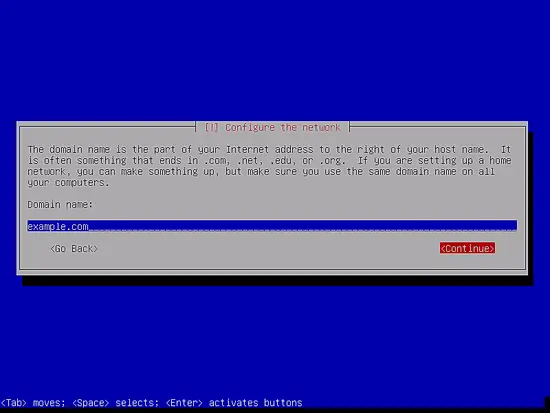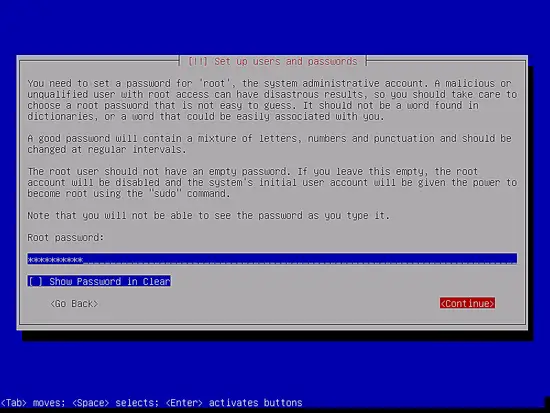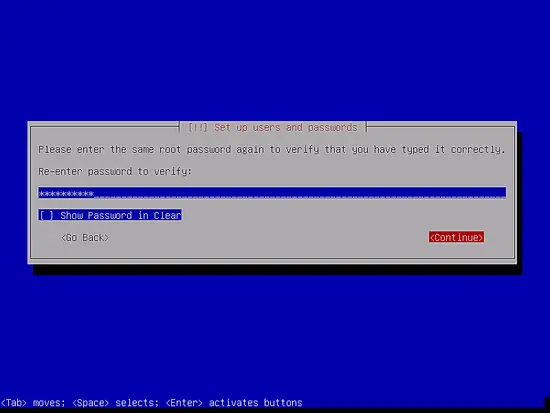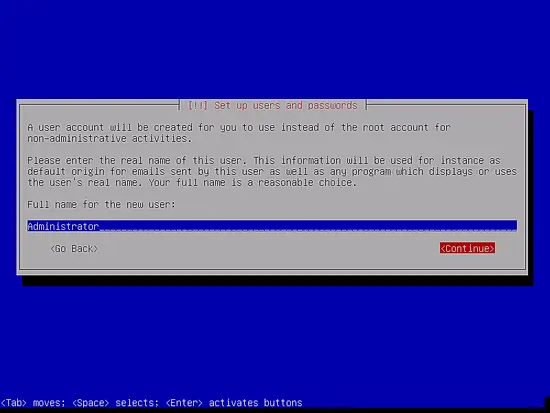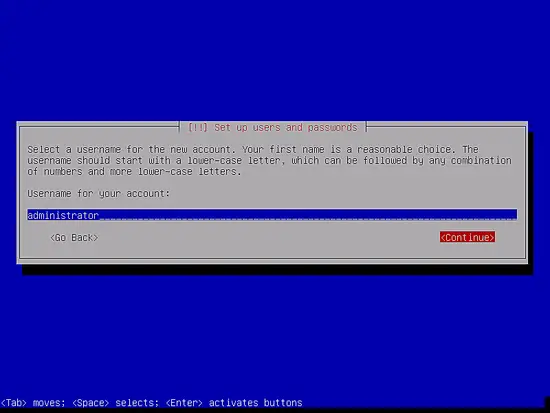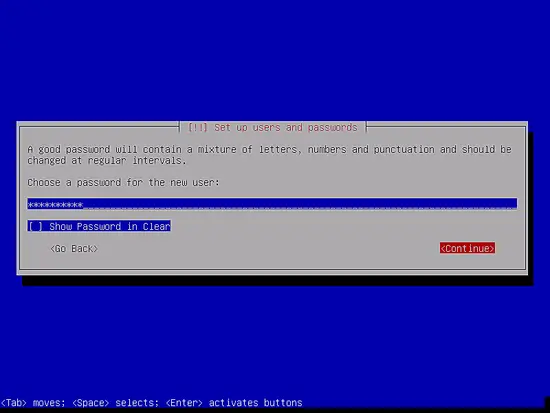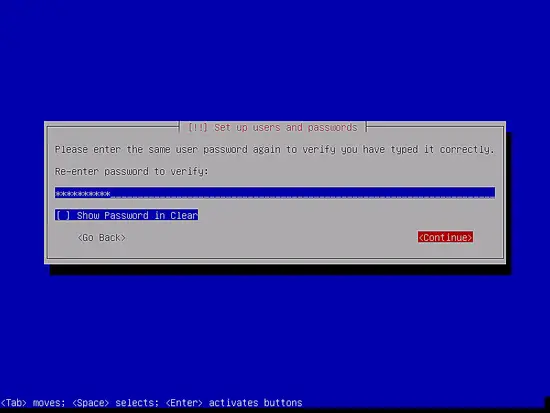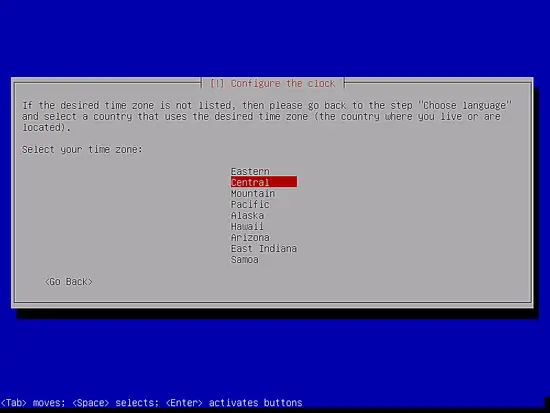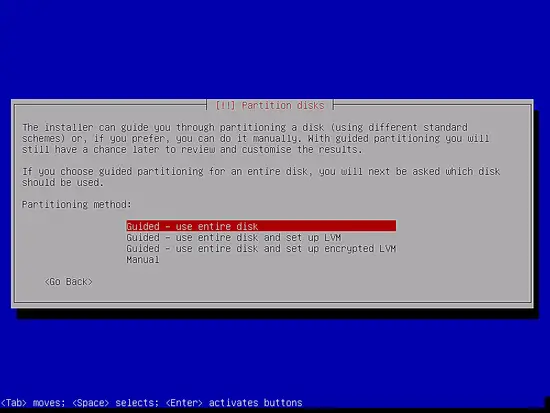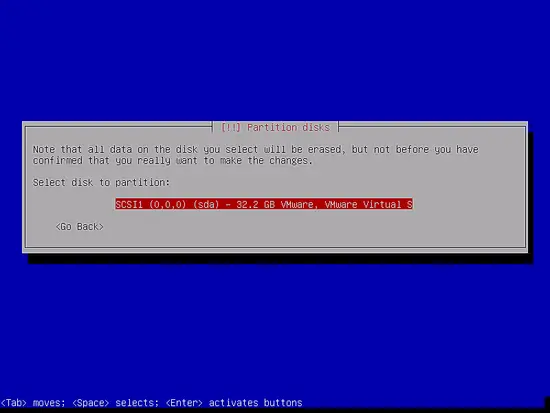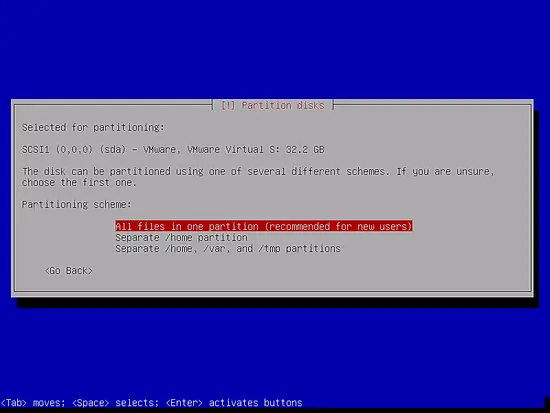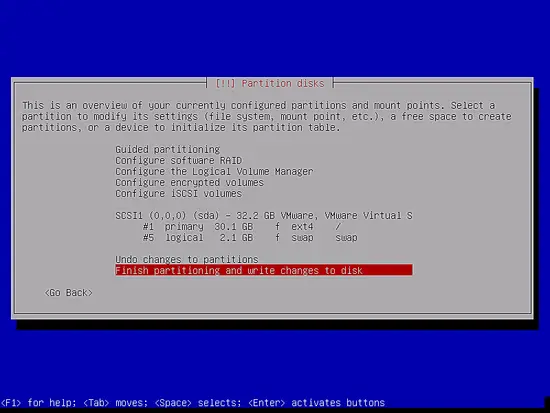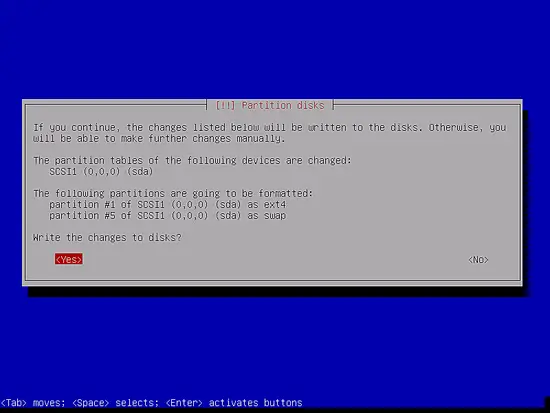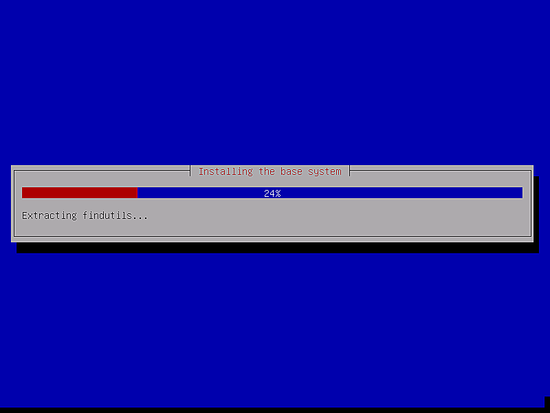How to install a Debian 9 (Stretch) Minimal Server
This tutorial exists for these OS versions
- Debian 12 (Bookworm)
- Debian 11 (Bullseye)
- Debian 10 (Buster)
- Debian 9 (Stretch)
- Debian 8 (Jessie)
- Debian 7 (Wheezy)
On this page
This tutorial shows how to install a Debian 9 (Stretch) minimal server. The purpose of this guide is to provide a minimal Debian setup that can be used as the basis for our other Debian 9 tutorials and the perfect server guides here at howtoforge.com.
1 Requirements
To install a Debian 9 server system you will need the following:
- the Debian Stretch network installation CD, available here:
32Bit: https://cdimage.debian.org/debian-cd/current/i386/iso-cd/debian-9.5.0-i386-netinst.iso (i386) or
64Bit: https://cdimage.debian.org/debian-cd/current/amd64/iso-cd/debian-9.5.0-amd64-netinst.iso (x86_64 / amd64) - a fast Internet connection.
I will use the 64Bit installation media here.
The Debian Download links change regularly. If the above links do not work anymore, then go here to fetch the latest Debian netinst image: https://www.debian.org/distrib/netinst.
2 Preliminary Note
In this tutorial, I will use the hostname server1.example.com with the IP address 192.168.1.100 and the gateway 192.168.1.1. These settings might differ for you, so you have to replace them where appropriate.
3 The Debian Base System
Insert your Debian 9 (Stretch) network installation CD into your system and boot from it. When you use a virtualization software like VMware or Virtualbox, then select the Debian 9 minimal iso file as source file for the DVD drive of the VM, you don't have to burn it to a CD or DVD for that first.
Select Install (this will start the text installer - if you prefer a graphical installer, select Graphical install):
Select your language:
Then choose your location:
Choose a keyboard layout:
The installer checks the installation CD, your hardware and configures the network with DHCP if there is a DHCP server in the network:
Enter the hostname. In this example, my system is called server1.example.com, so I enter server1:
Enter your domain name. In this example, this is example.com:
Afterward, give the root user a password:
Confirm that password to avoid typos:
Create a Linux user account, e.g. your name or nickname. For this example installation, I will choose the name "administrator" with the user name administrator (don't use the user name admin as it is a reserved name on Debian Linux):
Now select the timezone for the server
Now you have to partition your hard disk. For simplicity's sake I select Guided - use entire disk - this will create a large partition for the / file system and another one for swap (of course, the partitioning is totally up to you - if you know what you're doing, you can also set up your partitions manually). For hosting systems like the ISPConfig 3 perfect server tutorials you might want to choose e.g. 30GB for / and a large /var partition as all website and email data is stored in subdirectories of /var.
Select the disk that you want to partition:
Then select the partitioning scheme. As mentioned before, I select All files in one partition (recommended for new users) for simplicity's sake - it's up to your likings what you choose here:
When you're finished, select Finish partitioning and write changes to disk:
Select Yes when you're asked: "Write changes to disk?":
Afterward, your new partitions are created and formatted. Now the base system is installed:

